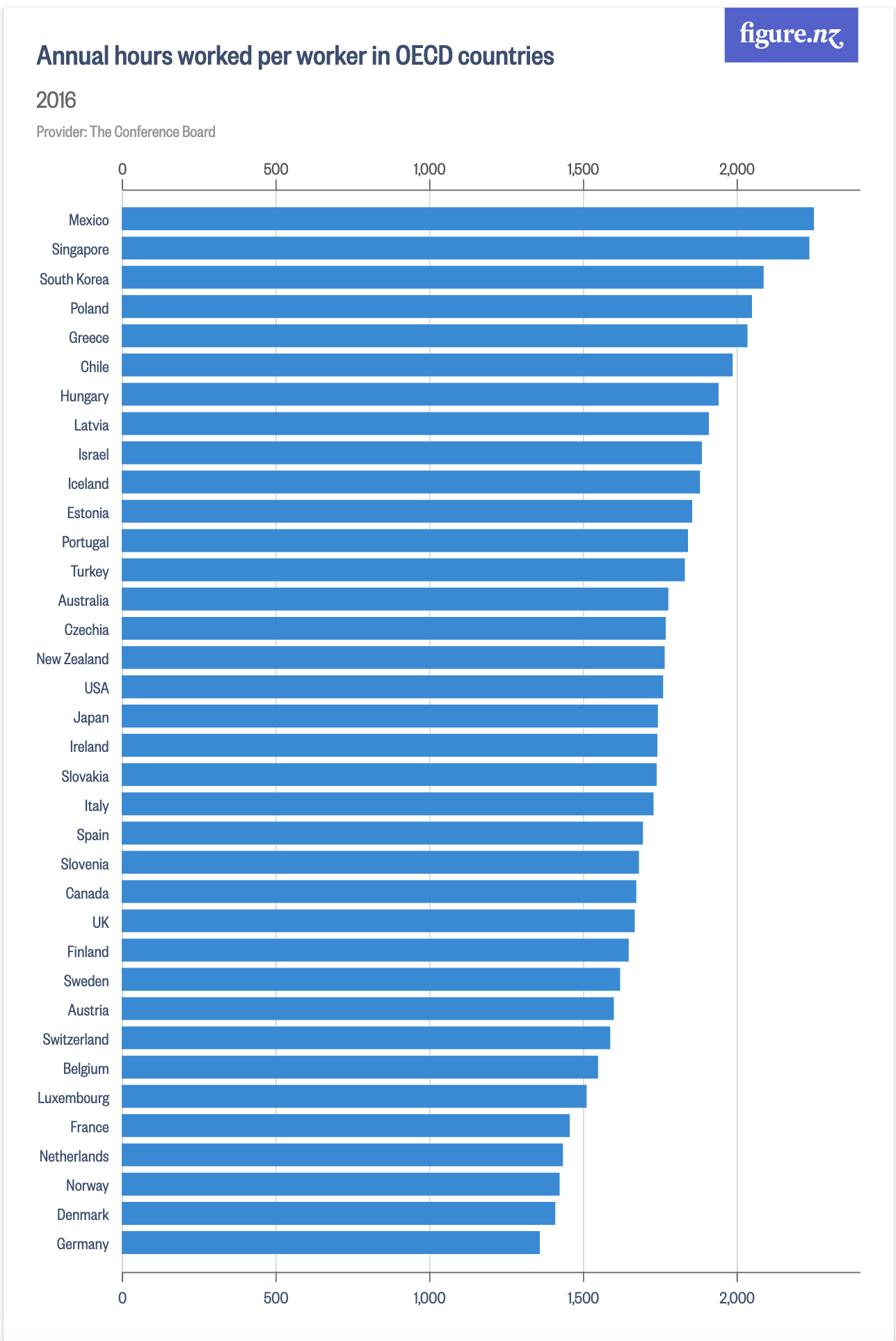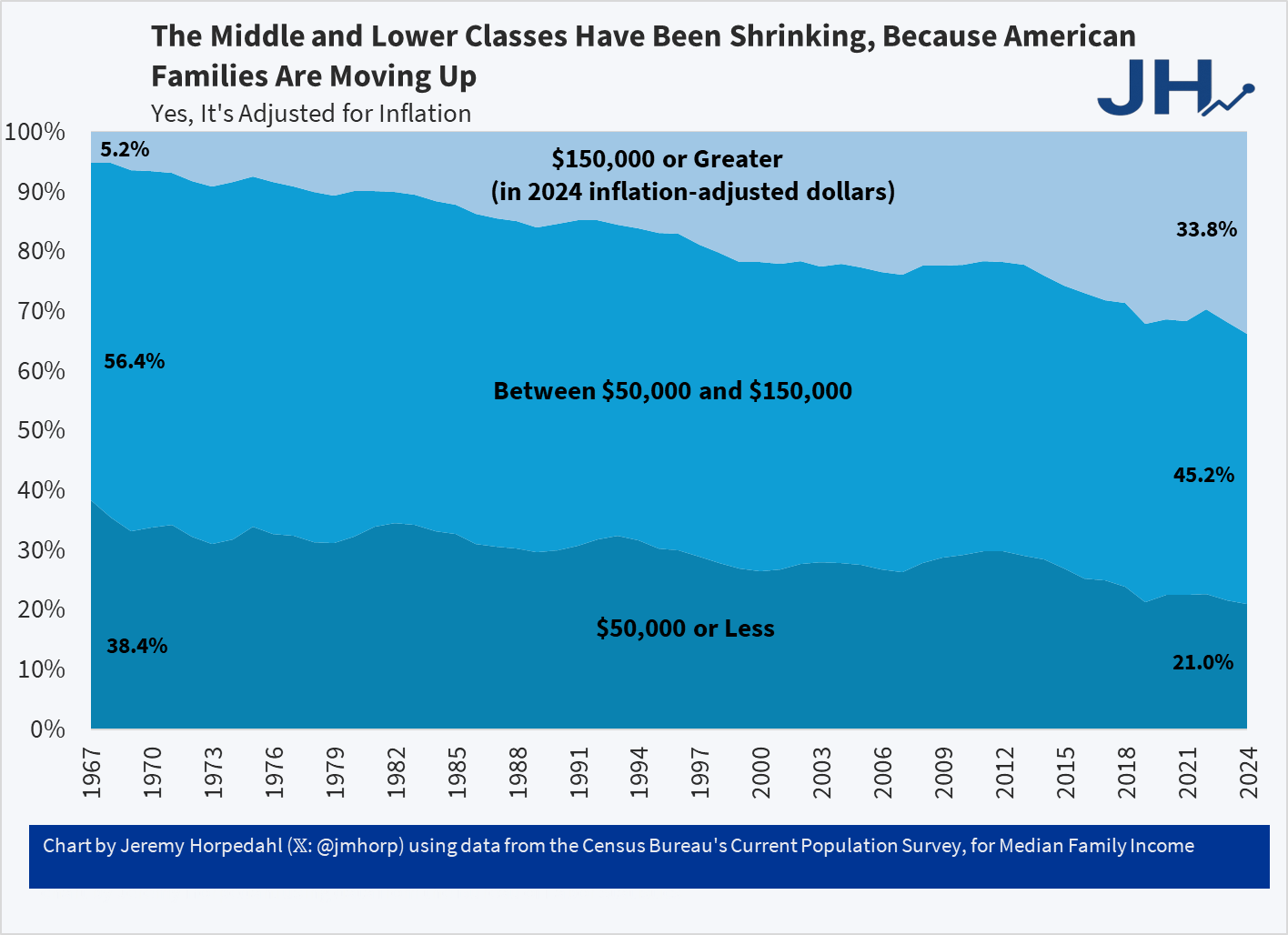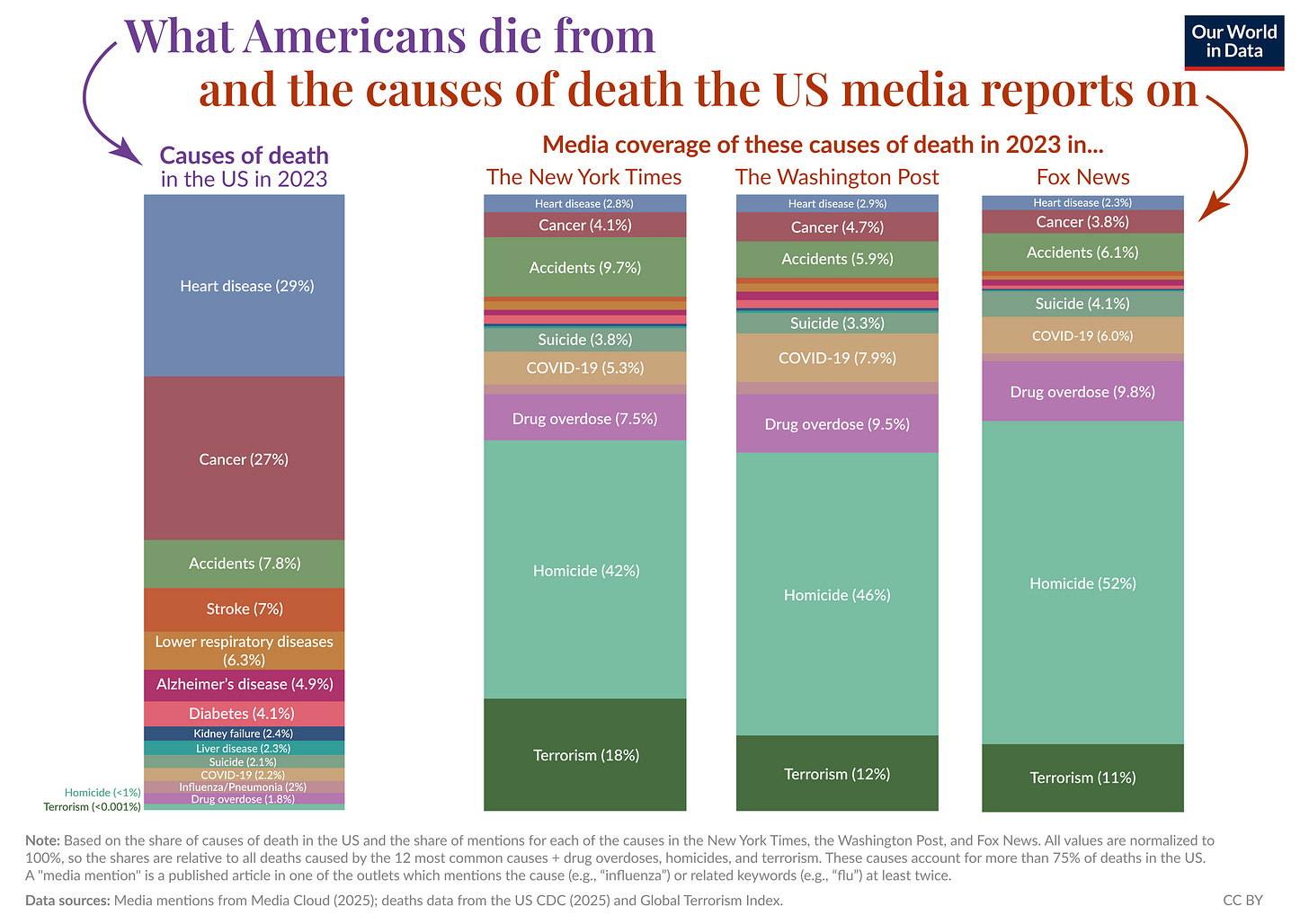Apropos of nothing, I stumbled onto these thoughts while reading Andrew Gelman’s recent post on the conflicting statistical evidence on spanking kids.
He writes,
I think it’s fair to say that the research results on the effects of parents whacking children are not so clear, and that’s kind of inevitable given the observational nature of the data, the difficulty of recall, reporting errors, etc.
Parenting can be tough. Whether you think it’s ok to handle your frustrations with the job by occasionally whacking your kids until they cry, that’s your call. Unfortunately, your kids don’t have much of a say in it, at least not until they’re big enough to fight back.
I don’t think any of the studies under discussion considered the immediate effects of whacking, balancing out the parent’s stress release and feeling of satisfaction in exercising power with the child’s pain and feelings of betrayal.
It’s kind of funny (in the interesting, not the ha-ha sense) to consider only the long-term effects, and none of the intermediate effects, of an immediately violent action that’s pretty much being taken for the purpose of giving immediate satisfaction to the perpetrator.
The old expression goes, “This is gonna hurt me more than it hurts you.” Yet I’ve never heard of a parent taking this to its logic implication of having the child hit the parent. This seems to give lie to that common saying.
If so, then why is it necessary to say? Is it just a noble lie told in attempt to justify actions that are contradictory to what parents are generally trying to teach their kids? Namely that hitting others is wrong. I’m troubled by the idea that a morally dubious act is supported by another morally dubious act—a noble lie.
Continuing with the position that the hurts-me-more statement is untrue, are you secretly benefiting from this action? Or is your lesser hurt just a little or a lot less than the hurt felt by the child? Is this a lie you’re telling yourself or your child?
“But the statement is true. It does hurt us more than it hurts our kids.” I hear spankers protest. They continue, “But this is necessary to bring about a better outcome—shaping the child’s behavior. Besides, it isn’t logical to switch roles here as the kids cannot fully grasp the idea of feeling pain when someone we love is feeling pain.”
I’ll get back to this last statement momentarily. And let’s set aside the assumption that this emotional pain could be worse than physical pain PLUS the emotional pain of being physically overpowered and hurt. The parent’s reply raises numerous questions:
Is the apparently large amount of pain worth it?
Is this the lowest-cost, most-effective method of teaching the lesson?
Just why does it hurt you so much? How much of it is guilt for having chosen a quick and easy solution that might just also provide you some emotional satisfaction as you get your anger out at the child’s expense?
Perhaps answering these questions is a bridge too far. I think the reaction would be to shut down basically saying, “All I know is it hurts me and this is necessary—a necessary evil.” They might follow with some nonsense about spanking being a very traditional form of punishment, which simply begs the question.
Getting back to the statement claiming that children cannot fully grasp the pain one feels when one’s kids are in pain, here we transition from where my weak argument (just have the kids spank the parents to properly align the punishment) begets an actual strong argument.
If you truly are feeling more pain than is the child, that is a strong indication that what you are doing is wrong. And I don’t mean this from an efficiency standpoint. I mean it is a signal of moral wrongness. Morally appropriate punishment generally is inefficient—at least in the short run.
The death penalty is theoretically an easy way to conduct punishment. A quick trial with a hanging the next morning has so many benefits: avoids the expense of long-term imprisonment, gives finality to the matter, is emotionally satisfying, etc. Yet I reject the idea that a moral question can be answered by appealing to the apparent budgetary benefit, elevating a solution (finality) to the status of being a justified solution, or simply reaching for something that feels good (revenge as a moral good).
I embrace the principle that we should punish wrongdoing proportionate to the crime. This does not mean we should go fully eye-for-an-eye. It likewise does not mean we should lock people up so that they suffer. All the moral questions remain to be decided even with a punishment-fits-the-crime policy. Supporting the death penalty without answering moral objections is simply yielding to the emotional desire for revenge.
Of course alternative punishments should also face moral scrutiny. As we apply this scrutiny, we will find a stark lack of moral support for many things that are otherwise emotionally satisfying—everything from small disregards for human dignity to extreme torture. So another good principle is that punishments always be morally supported. And as a corollary considering those who have harmed us who deserve punishment: We should imprison those who we are afraid of (and to the extent we are rightfully afraid of them) rather than those we are mad at.
Likewise, a child’s punishment should be fitting to the transgression and designed to best teach the lesson desired imposing the minimum amount of suffering all around. Any suffering they must endure should be a necessary evil to teach and shape behavior—good moral behavior.
Responses that hitting the child is a necessary evil begs the question. I’ll agree with half of it disagreeing that it is necessary. There are many alternatives. It is just that these alternatives either don’t come as easy or don’t bring as much satisfaction as a physically violent punishment.
“Timeouts?!? Who has time for that?” I hear the truly busy and stressed parent unironically retort. My reply is that I get it. Good parenting is hard, bad parenting is much easier. Quit reaching for the easy and potentially satisfying emotional response of physical violence.
To complete the implied analogy: “Lock a child up” in timeout because you are afraid of them (doing wrong and never learning right from wrong). If that doesn’t work, get creative without giving up and giving in to your emotional desires or lazy parenting.






